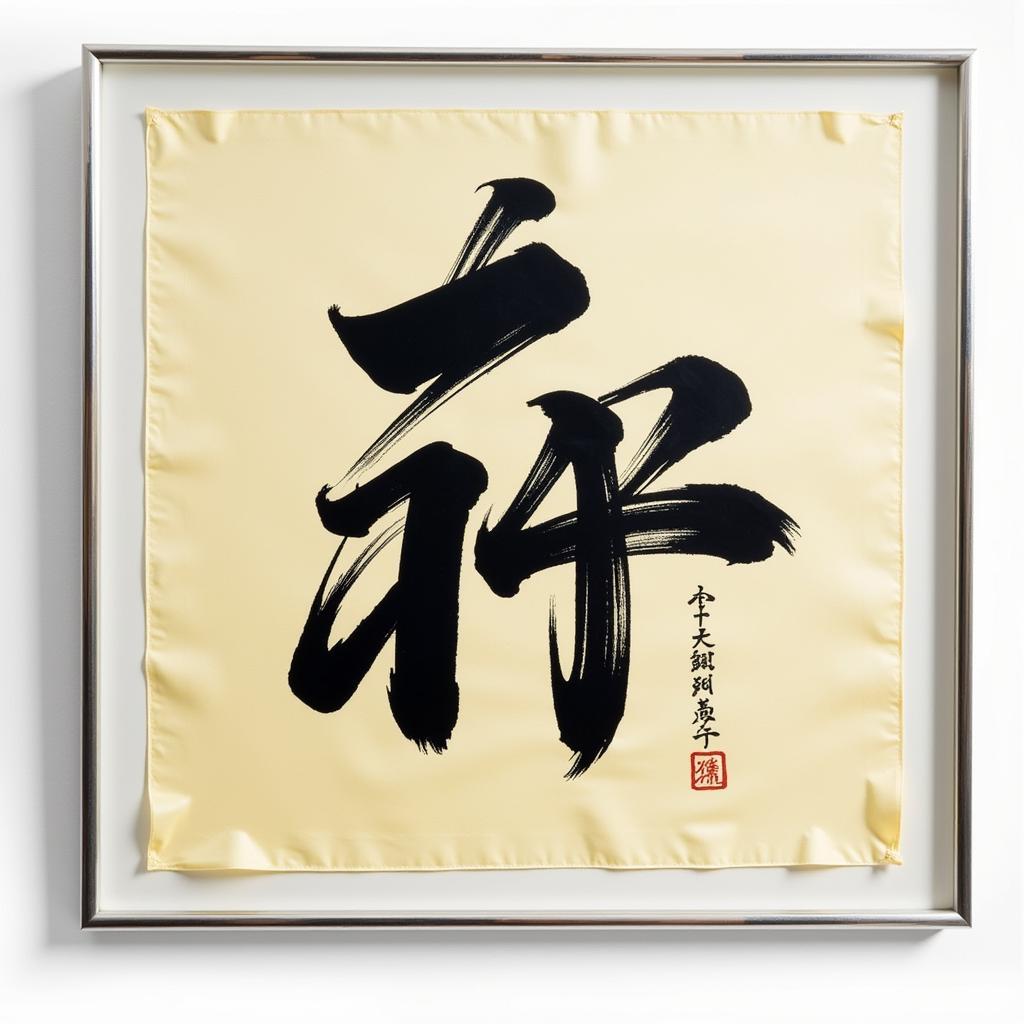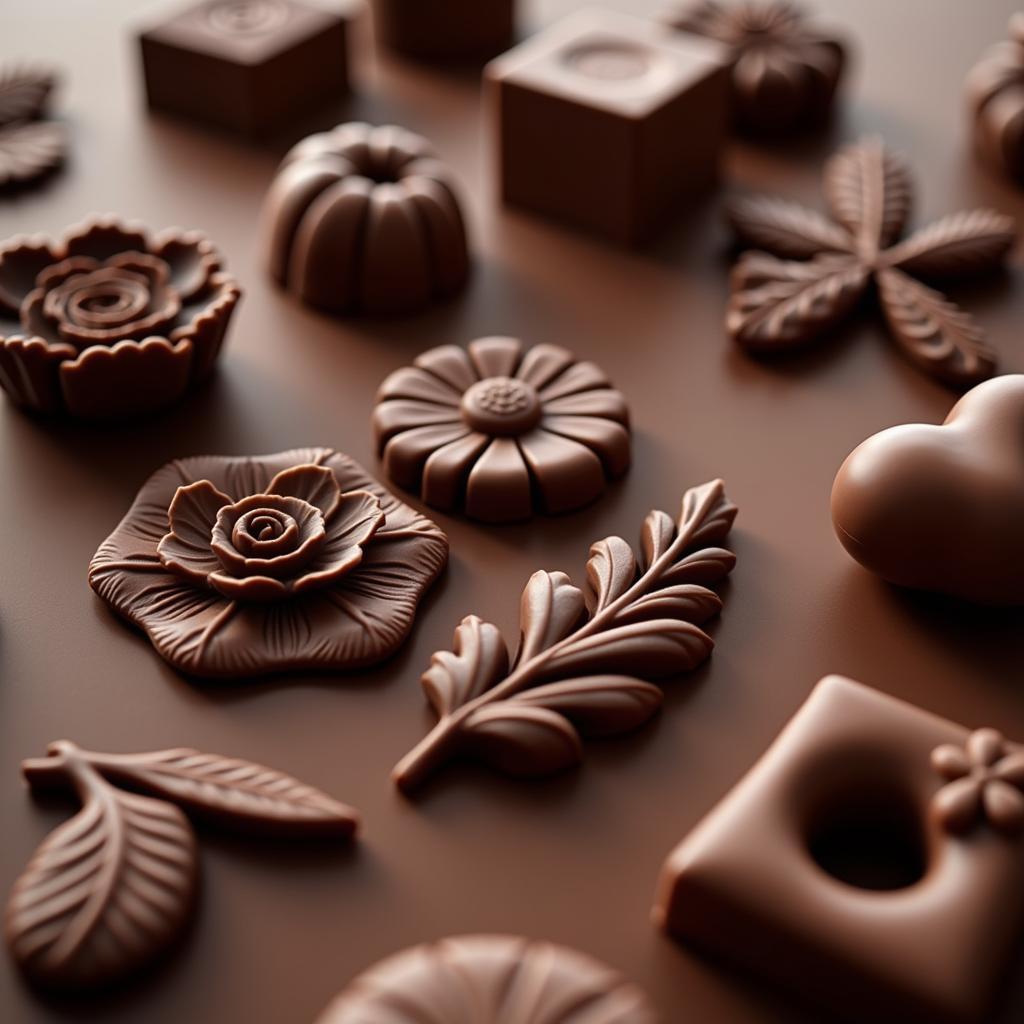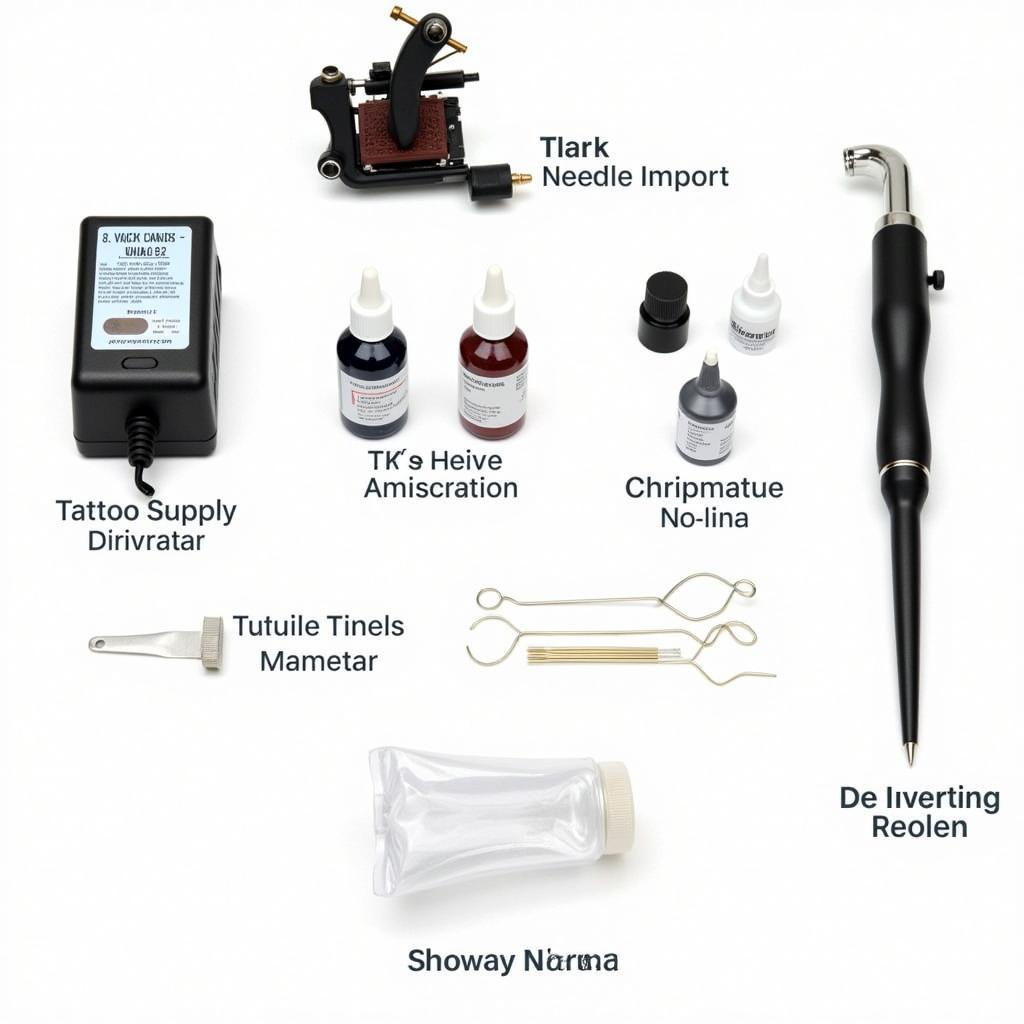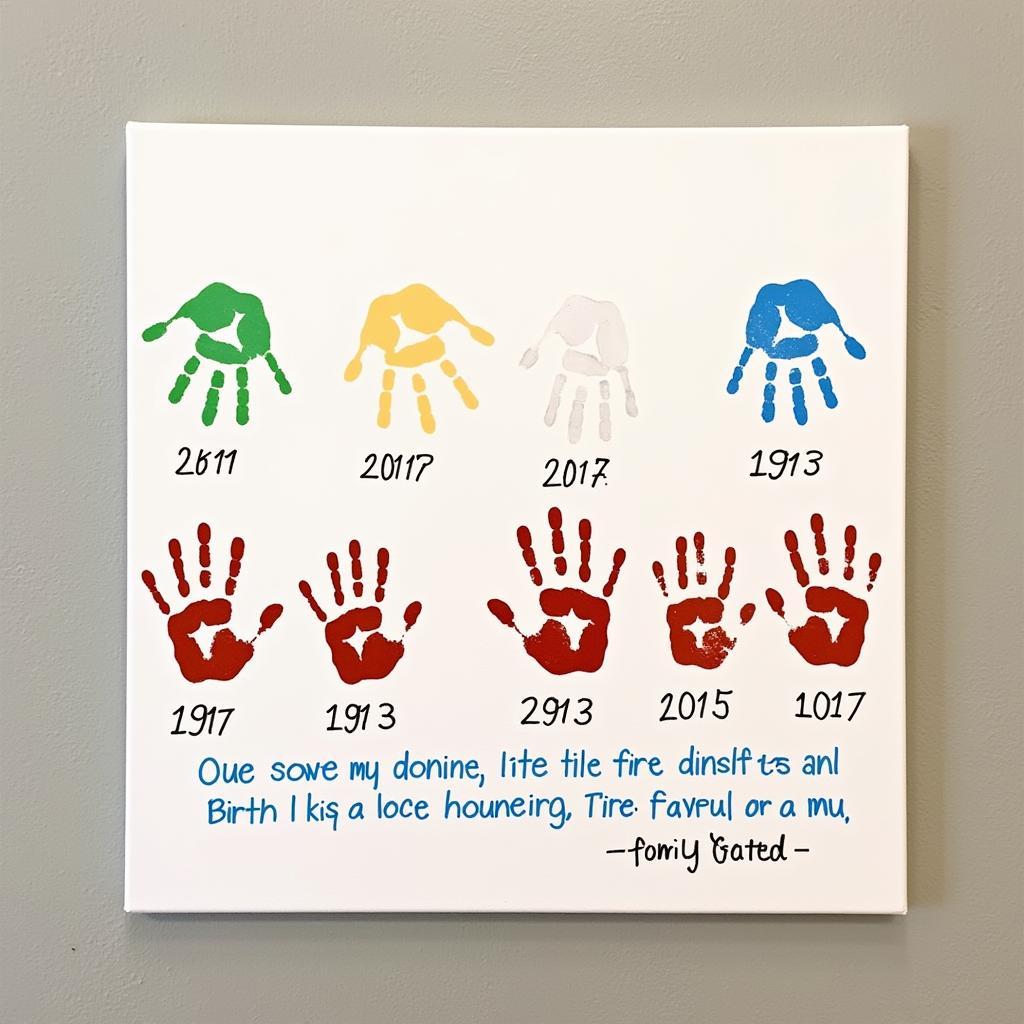The Ultimate Guide to Martial Art Uniforms: Exploring History, Styles, and Fabrics
Martial arts have been a revered part of human history, shaping cultures and providing individuals with a unique way to hone their physical and mental prowess. One of the most recognizable symbols of this rich tradition is the martial art uniform, a garment that embodies not just discipline and training, but also artistry and cultural heritage. This comprehensive guide delves into the captivating world of Martial Art Uniforms, exploring their history, diverse styles, and the fabrics that make them so special.
We’ll uncover the origins of these uniforms, tracing their evolution from traditional garments to modern designs. We’ll dissect the intricate details of different martial art uniform styles, from the classic karate gi to the flowing taekwondo dobok. We’ll also delve into the science behind the fabrics used, highlighting the unique properties that make them ideal for martial arts training. Whether you’re a seasoned martial artist or a curious newcomer, this guide will provide invaluable insights into the fascinating world of martial art uniforms.
The Origins of Martial Art Uniforms: Tracing History and Tradition
The history of martial art uniforms is deeply intertwined with the history of the martial arts themselves. Their origins can be traced back to ancient civilizations, where clothing served not only as a form of protection but also as a symbol of social standing and cultural identity.
Early Forms of Martial Art Garments
In ancient China, for example, warriors donned various types of garments for combat, including padded armor, robes, and loose-fitting trousers. These garments offered a degree of protection while allowing for flexibility and freedom of movement. Similar forms of clothing were also used in other martial traditions, like those found in Japan and Korea.
The Evolution of Martial Art Uniforms
Over time, these early forms of martial art clothing evolved into the recognizable uniforms we see today. This evolution was driven by several factors, including the development of new martial arts disciplines, the need for more practical and functional garments, and the increasing emphasis on aesthetics and cultural expression.
The Significance of Uniform Design
The design of martial art uniforms is not merely aesthetic. It reflects the philosophy and principles of the art itself. For instance, the classic karate gi, with its simple and functional design, embodies the values of discipline, restraint, and focus. Similarly, the flowing taekwondo dobok, with its wide sleeves and comfortable fit, highlights the emphasis on speed, grace, and dynamic movement.
Unpacking the Diversity of Martial Art Uniforms: Styles, Fabrics, and Functions
The martial arts world is diverse, with a wide range of disciplines, each with its own unique uniform style. Let’s explore some of the most popular martial art uniforms and the reasons behind their distinct characteristics.
Karate Gi: The Classic Martial Arts Uniform
The karate gi, also known as the “keikogi” in Japanese, is the most widely recognized martial art uniform. This classic garment consists of a jacket, trousers, and a belt. The jacket, traditionally made of white cotton, features a V-neck, long sleeves, and a single flap in the front. The trousers, known as “zubon,” are typically loose-fitting and feature a drawstring waistband. The belt, or “obi,” is used to tie the gi closed and signifies the wearer’s rank.
“The simple design of the karate gi is meant to reflect the essence of karate, which is to refine the body and mind through rigorous training,” explains Master Sato, a renowned karate instructor. “The white color symbolizes purity and dedication, while the loose fit allows for maximum freedom of movement.”
Taekwondo Dobok: Flow and Precision in Every Move
The taekwondo dobok, known as “dobok” or “dobok” in Korean, shares some similarities with the karate gi but features distinct differences. The jacket, traditionally white with a red or blue stripe, is slightly longer and has a more relaxed fit. The trousers are also longer and wider, allowing for greater flexibility and ease of movement.
“The dobok reflects the dynamic and agile nature of taekwondo,” says Grandmaster Lee, a prominent figure in the taekwondo community. “The flowing fabric allows for swift kicks and punches, while the loose fit promotes proper form and technique.”
Judo Gi: Strength, Technique, and Tradition
The judo gi, or “judogi” in Japanese, is another iconic martial art uniform. This sturdy garment is designed to be strong and durable, enabling practitioners to engage in grappling and throwing techniques without tearing or ripping. The judo gi typically features a heavier cotton fabric and a reinforced collar, allowing for more secure grip during throws.
“The judo gi is more than just a uniform,” says Professor Kimura, a respected judo instructor. “It represents the spirit of judo, which emphasizes respect, discipline, and perseverance.”
Brazilian Jiu-Jitsu Gi: Grip, Movement, and Comfort
The Brazilian Jiu-Jitsu gi, or “kimono” in Portuguese, is a specialized uniform tailored for the art of grappling. Unlike other martial art uniforms, the Brazilian Jiu-Jitsu gi is typically made from a blend of cotton and polyester, offering increased durability and moisture-wicking properties. The jacket features a thicker fabric and a reinforced collar, allowing for better grip during grappling exchanges.
“The Brazilian Jiu-Jitsu gi is designed to withstand the rigors of grappling,” says Professor Silva, a prominent Brazilian Jiu-Jitsu instructor. “The tight fit and durable fabric allow practitioners to control their opponents and execute techniques effectively.”
The Science of Martial Art Uniform Fabrics: Properties That Empower Performance
The fabric used in martial art uniforms plays a crucial role in the performance and comfort of practitioners. From natural cotton to high-tech synthetic blends, each material possesses unique properties that cater to the specific demands of different martial arts.
Cotton: The Classic Choice for Martial Art Uniforms
Cotton, a natural fiber, has long been a staple material for martial art uniforms. Its breathable properties allow for air circulation, preventing overheating and moisture buildup. Cotton is also durable and soft, making it comfortable to wear for extended periods.
Polyester: Durability and Moisture-Wicking Properties
Polyester, a synthetic fiber, offers increased durability and moisture-wicking properties compared to cotton. It is resistant to wrinkles and fading, making it ideal for frequent training sessions. Polyester also dries quickly, preventing uncomfortable dampness during strenuous activity.
Blends: Combining the Best of Both Worlds
Many martial art uniforms are made from blends of cotton and polyester, combining the best properties of both materials. These blends offer superior durability, moisture-wicking, and breathability, making them an excellent choice for a wide range of martial arts training.
Advanced Fabrics: Innovation in Martial Arts Gear
The world of martial arts uniforms is constantly evolving, with the introduction of new materials and technologies. Advanced fabrics, such as Dri-FIT and ClimaLite, offer enhanced moisture management, breathability, and durability, providing practitioners with optimal performance and comfort.
Choosing the Right Martial Art Uniform: Factors to Consider
Choosing the right martial art uniform is a crucial decision. It should not only reflect the style of the art but also provide comfort, durability, and performance benefits. Here are some key factors to consider when selecting your uniform:
Style and Discipline: Reflecting Tradition and Technique
The first step in choosing a martial art uniform is to consider the style of the art you practice. Different martial arts have distinct uniform styles, each tailored to the specific movements and techniques of the discipline. For example, a karate gi is designed for kicking and punching, while a judo gi is built for grappling and throwing.
Fabric Choice: Balancing Performance and Comfort
The fabric used in martial art uniforms has a significant impact on performance and comfort. Cotton is a classic choice, while polyester offers greater durability and moisture-wicking properties. Blends of cotton and polyester often provide the best balance of performance and comfort.
Fit and Size: Ensuring Proper Movement and Functionality
The fit and size of the martial art uniform are essential for proper movement and functionality. The uniform should be snug but not restrictive, allowing for a full range of motion. It should also be long enough to cover the body appropriately, ensuring modesty and preventing any accidental exposure during training.
Durability and Wash Care: Maintaining the Uniform’s Performance
The durability of the martial art uniform is crucial, especially for frequent training sessions. Look for uniforms made from high-quality fabrics that can withstand wear and tear. Pay attention to wash care instructions, as certain fabrics require specific care to maintain their performance and lifespan.
Price and Value: Balancing Budget with Quality
Martial art uniforms come in a wide range of prices, depending on the fabric, quality, and brand. While it’s tempting to choose the cheapest option, it’s important to invest in a uniform that offers both value and performance. A well-made uniform will last longer and provide a more comfortable and enjoyable training experience.
The Art of Maintaining Your Martial Art Uniform: Care Tips for a Long-Lasting Training Partner
Just like any valuable piece of equipment, your martial art uniform requires proper care and maintenance to ensure its longevity and performance. Here are some practical tips to keep your uniform in top condition:
Wash with Care: Following Instructions for Optimal Performance
Washing your martial art uniform regularly is essential for hygiene and maintaining its fresh look. Always check the care label for specific instructions, as different fabrics require different washing techniques.
Drying Properly: Preventing Damage and Maintaining Shape
Drying your martial art uniform properly is crucial to prevent shrinkage, warping, and damage. Avoid using a dryer for cotton uniforms, as high heat can cause shrinkage and weaken the fabric. Instead, air-dry your uniform in a well-ventilated area.
Storage: Keeping Your Uniform Safe and Ready for Training
Proper storage helps to preserve your martial art uniform and keep it free from dust, dirt, and damage. Store your uniform in a cool, dry place, preferably on a hanger or folded neatly in a drawer.
Repairing Tears and Rips: Extending the Life of Your Uniform
Occasional tears or rips are inevitable with regular training. To extend the life of your uniform, learn how to repair minor tears and rips using a needle and thread or a sewing machine.
Conclusion: Embracing the Legacy of Martial Art Uniforms
The martial art uniform is more than just a piece of clothing. It embodies tradition, discipline, and the pursuit of excellence. From the classic karate gi to the innovative fabrics used in modern uniforms, each detail reflects the evolving world of martial arts. By understanding the history, styles, fabrics, and care of these uniforms, you can embrace the legacy of martial art uniforms and enhance your training experience.
Remember: Your martial art uniform is a symbol of your commitment and dedication to the art. Take pride in your uniform and care for it as a valuable training partner.
Frequently Asked Questions (FAQs):
Q: Can I wear any martial art uniform for any discipline?
A: No, not necessarily. Different martial arts have distinct uniform styles designed for specific movements and techniques. It’s best to stick to the uniform specific to your discipline.
Q: How often should I wash my martial art uniform?
A: Wash your uniform after every training session. This helps maintain hygiene and prevents the buildup of sweat and bacteria.
Q: Can I use fabric softener on my martial art uniform?
A: Avoid using fabric softener on your martial art uniform. Softeners can reduce the fabric’s durability and make it less absorbent, which can hinder performance.
Q: How do I choose the right belt for my martial art uniform?
A: The belt color signifies your rank in most martial arts. Consult your instructor for guidance on the appropriate belt for your level.
Q: Are there any specific brands I should look for when purchasing a martial art uniform?
A: There are many reputable brands that specialize in martial art uniforms. Look for brands known for their quality, durability, and attention to detail.
Q: Where can I find more information about martial art uniforms and the history of different styles?
A: You can explore online resources, martial arts libraries, and websites dedicated to specific disciplines. Consult your instructor for recommendations on further learning.



